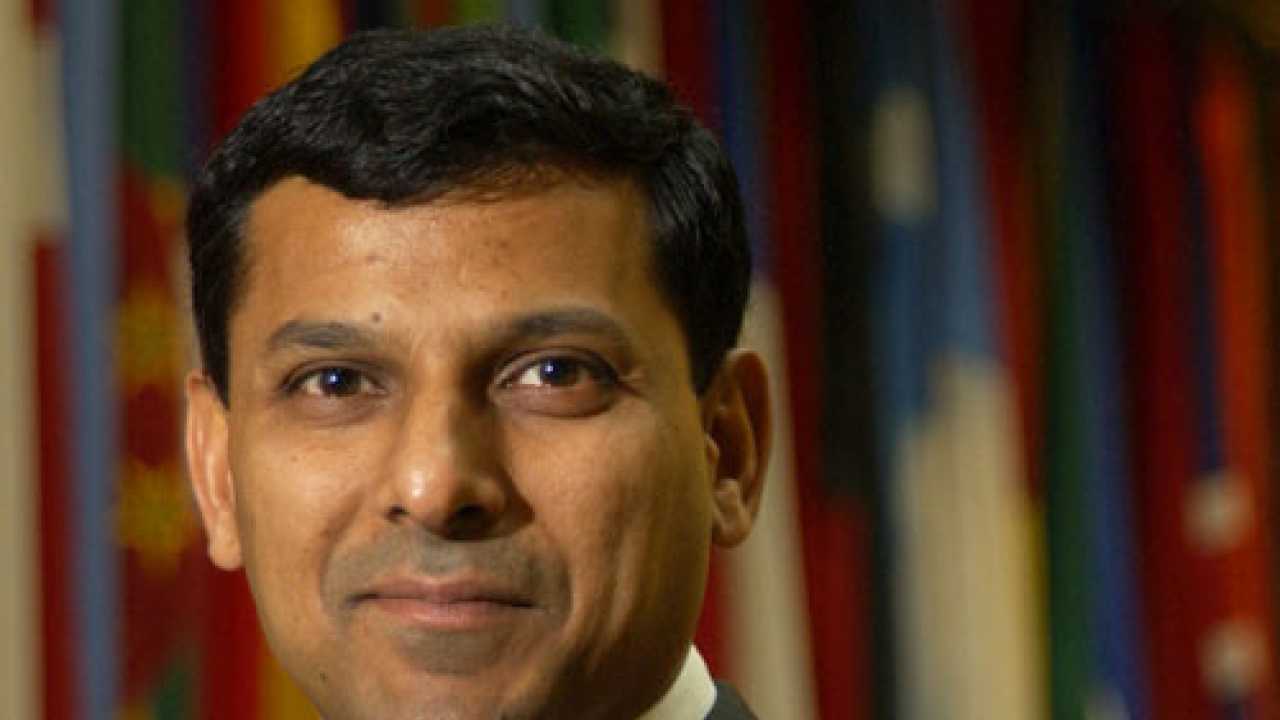
For nearly three years, the spectre of high food inflation has stubbornly refused to retreat. Despite such a prolonged inflationary phase that has pinched household budgets, the UPA government has devoted its energies to fighting other economic troubles. Onion prices have witnessed a 245 per cent year-on-year rise this August as measured by the wholesale price index (WPI) and vegetable prices have risen 77.18 per cent in one year.
A recent opinion poll has indicated that 90 per cent of the urban poor have taken note of this price rise. With incomes stagnating, the UPA government will face the music in the elections that lie ahead. After all, price rise along with development trumps all other issues including corruption and national security when voters head to the polling booth.
In Delhi, onion prices which hovered around Rs55 per kg last week have now touched Rs70 on Monday. Analysts are predicting that it will hit Rs85 by the weekend and even trump the Rs90 per kg that it had touched during the 2010 onion crisis.
Like in 2010, heavy rains have impacted onion production in parts of Karnataka, Andhra and Maharashtra. But more worryingly, the total sown area of onions fell by 8.3 per cent and onion production by over 8.4 lakh metric tonnes in 2012-13. This supply shortfall has encouraged hoarding. Despite being an item of daily consumption, onions are missing from the official list of essential commodities, which prescribes hoarding limits for traders. So effective measures to check hoarding becomes difficult.
The link between soaring onion and vegetable prices and the minimum support prices (MSP) offered to foodgrains like rice, wheat and coarse cereals is pertinent. Onion and vegetable produce are dependent on market vagaries. The lure of shifting to foodgrains cultivation, which offer lesser risk because of state procurement and MSP, is thus becoming harder for farmers to resist.
Meanwhile, the release of the latest WPI data has posed tough questions for the government. The WPI, based on wholesale prices, has limitations unlike the consumer price index (CPI) that measures retail inflation and hence is a better indicator of the stress on consumers. Surprisingly, the CPI inflation in August has fallen and failed to capture the high retail food inflation unlike the WPI which has risen and captured it better.
This does not make sense and has raised doubts about the data collected from retailers. The WPI figures will shrink RBI governor Raghuram Rajan’s options when he announces his first monetary policy later this week. Worries that inflation would worsen amid rising fuel prices had influenced his predecessor D Subbarao’s decision to reject demands to lower interest rates. Record crop yields are expected in a month’s time from this year’s good monsoon.
The government hopes this will curb food inflation. For several weeks now, food minister KV Thomas has been claiming onion prices will fall in a fortnight. The government has sanctioned the import of six lakh tonnes of onions. Prices might fall when these onions arrive, but who will pay for the nation’s subsidy bill and fragile current account deficit, and the aam aadmi’s depleted savings and diet?